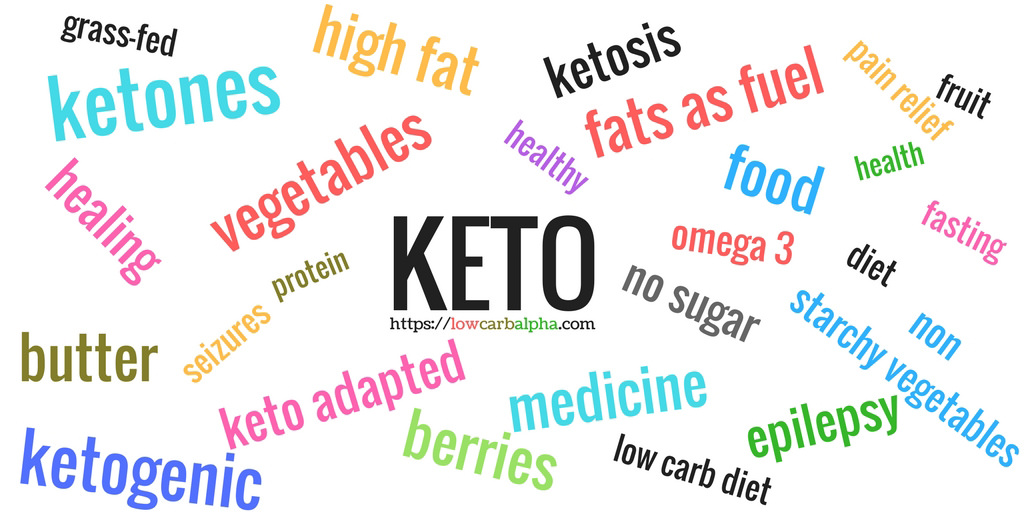By recent ASU nutrition student Alysia Nelson
Part of an ongoing series of articles on the Ketogenic Diet

DO’S:
- Drink at least a gallon of water a day. Because the ketogenic acts as a diuretic, the amount of urine excreted causes you to become dehydrated. In order to combat dehydration, the recommended amount is increased while on this diet.
- Take supplements to balance electrolytes. Due to the frequent trips to the bathroom, electrolytes are excreted at a much quicker rate. I recommend taking supplements such as magnesium and potassium to help replenish electrolyte levels. Sodium can be obtained through your diet so increase the amount of salt you put on your food.
- Meal prep before initial diet change. There is nothing worse than entering a diet to feel tired, hungry, and sad at what foods you now are missing. I recommend making a trip to the grocery store with your keto approved food list and then meal prepping a weeks’ worth of food before starting this diet.
- Gradually decrease carbohydrate intake. Any reduction in carbohydrates is going to be a shock to your body because now it will have to resort to plan b for energy. You won’t go into ketosis until you deplete your glycogen storage, but you shouldn’t cut out all carbs at once. Follow recommended carbohydrate intake based on your goals.
- Purchase ketone testing strips. There are classic signs that you are entering ketoses such as brain fog, bad breath, headaches, muscle cramps, and exhaustion. The only way to truly tell that you have fully entered ketosis is to measure the number of ketones present in your body. You can achieve this by buying ketone urine testing strips. The chart on the bottle helps distinguish how successful your new lifestyle change has been as well as making sure you don’t have too many ketones present.
- Track macronutrients. Many keto dieters don’t believe you need to track calories to be successful. The reason for this is because fat will keep you full for longer periods of time ultimately limiting your caloric intake. I recommend tracking your basic macronutrients (fat, protein, and carbs) to stay within your goals. Once you start to see what a successful day looks like, you will be able to distinguish what foods are and aren’t working.
- Eat when you are hungry. The best thing about the ketogenic diet is the fullness effects fat has. However, if you are physically hungry you shouldn’t keep yourself from eating. Find a guilt-free snack that fits your goals.
- Your research. An improper ketogenic diet can lead to weight gain or serious health consequences. Make sure you do your research to stay on track and stay successful. I recommend using tools such as the keto diet calculator to calculate personal goals, Myfitnesspal app to track food, and ketogenic recipes provided on the internet.
- Keep a moderate workout routine. A ketogenic diet can reduce the amount of muscle mass which can lead to atrophy (breakdown of muscle tissue). By working out you are improving overall health while keeping your muscles active and strong.
- Buy quality meat. A ketogenic diet is typically high in dairy, meat, and animal product and the goal is to keep your food as natural and unprocessed as possible.
DON’T:
- Carb cycle until you are fat adapted. I go to the gym 5-6 times per week and was worried about the amount of muscle I initially started to lose during my first month of ketosis. After many hours of research, I decided I wanted to carb cycle to feed my growing muscles. I didn’t realize how hard it would physically be to get back into ketosis. It took me 4 days to be back into ketosis while going through all the symptoms of the keto flu. After a strict keto diet for the following two months, I decided to try carb cycling again. I successfully went back into ketosis 2 days after without experiencing keto flu symptoms.
- Eat just because you think you are supposed to. I was so accustomed to eating a lot throughout the day (breakfast, snack, lunch, snack, and then dinner). When it came to starting my ketogenic diet, I thought I had to follow this same pattern despite the fact I wasn’t hungry. Eat when you are hungry and don’t eat when you are not hungry.
Editor’s Note: Fill Your Plate neither endorses or supports this type of diet, but encourages readers to always consult with your doctor regarding special diets. This series shares one nutrition student’s experiences with the diet.

